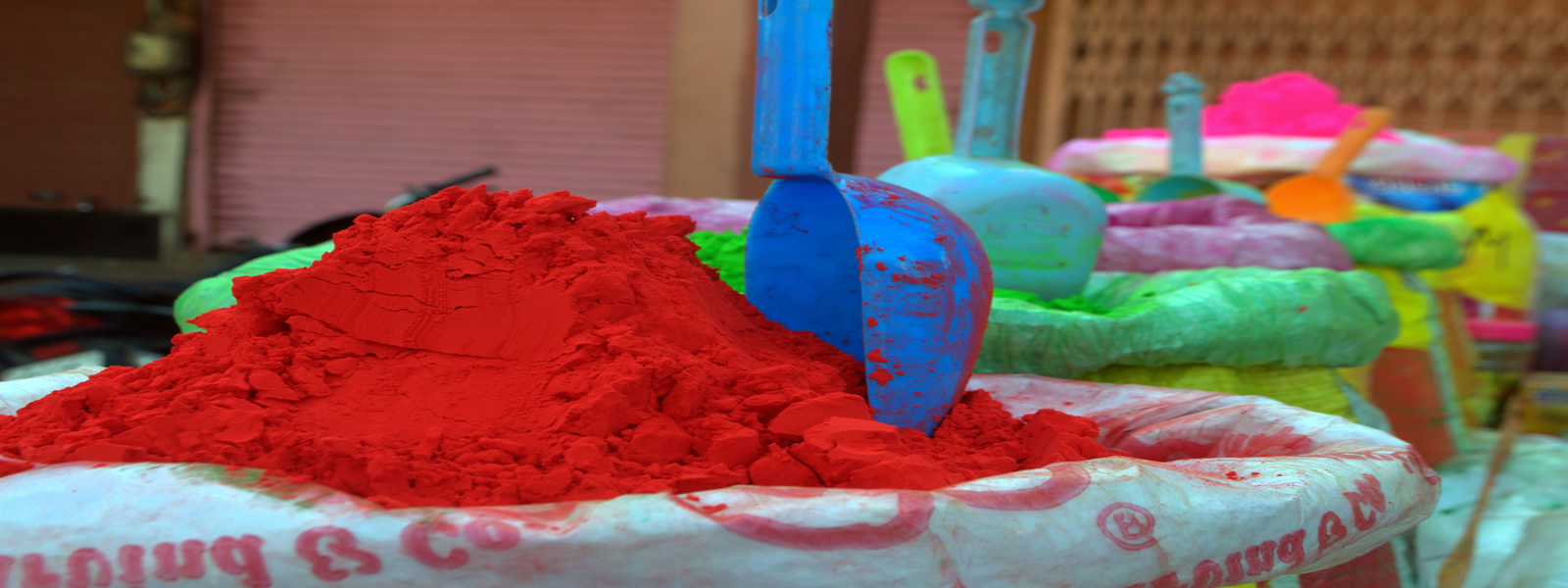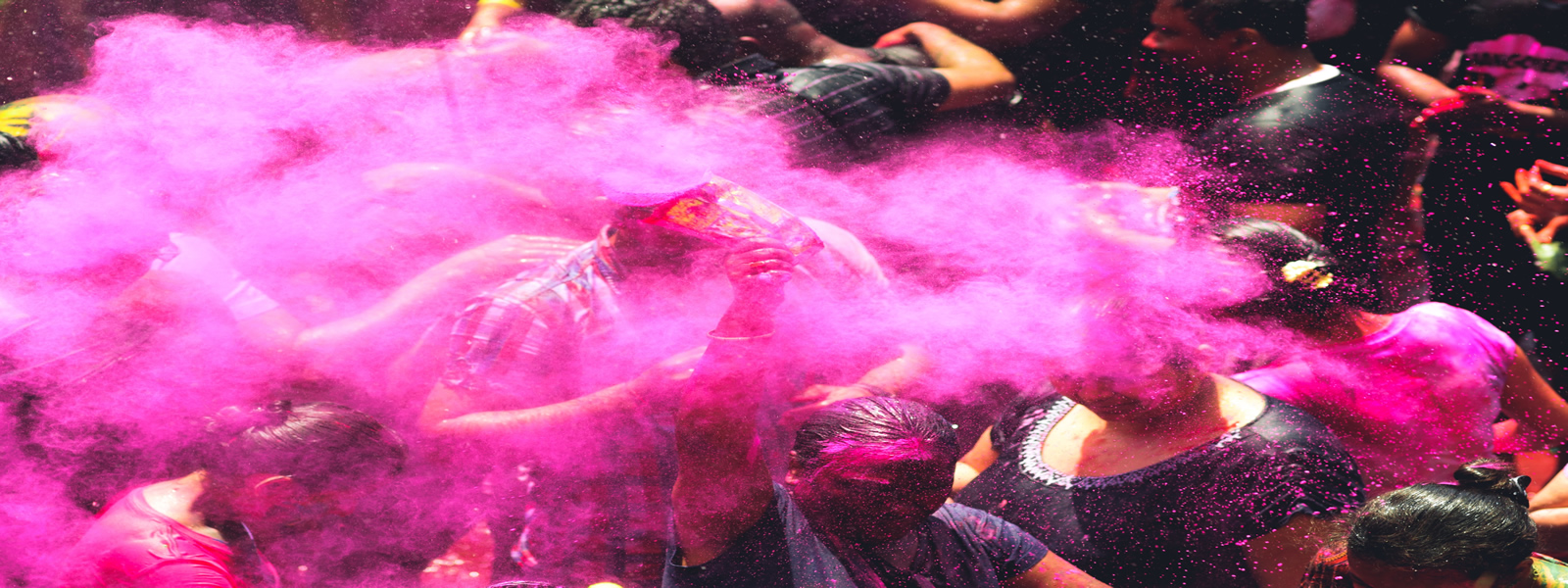
Holi Festival in Nepal is celebrated mostly for the representation of victory, happiness, and excitement over the evil demons.
People celebrate it by rubbing colored powder on each other’s faces, spraying colored water in their bodies, and exchanging happiness with each other that brings different cultures together. Most of them enchant “Happy Holi”. People from all age groups participate in this ceremony.
It is one of the most popular ceremonies widely popular in the Indian subcontinent including Nepal. Known as a ‘Phagu Purnima, Holi falls either late February or early March annually. This festival is named after the mythical she-devil Holika. It is more vivacious than any other ordinary day, more than just a celebration, and is a national holiday.
Holi in Nepal is celebrated for two days. The earlier day is for the upper parts of the nation i.e. Himalayan and Hilly regions and the next day is for the lower parts i.e. Terai region. However, the herald of good and temperate spring weather, Holi is celebrated all over Nepal.
In Kathmandu valley, Holi literally begins after people place “Chir” in Basantapur. Chir is a long bamboo stick that is swathed by clothes of diverse colors. A day before the full moon- the Holi, the Chir is brought and burn to welcome all to be participate in the next day’s ceremony.
Thousands of people gather around Kathmandu Durbar Square most of them carrying color or colored water to apply others’ faces. Everyone seems to enjoy each moment in the mass. This is the festival where people from the entire world participate actively. Foreigners seem to enjoy the celebrations with the locals.
A couple of mythological stories describe how and why people began to celebrate this festival. The most common story is between devil king Hiranyakashipu, his son Prahlad, his sister Holika and Lord Vishnu- the protector.
According to this mythology, an evil king Hiranyakashipu announced himself strong and better than the rest after obtaining the immortality boon from Lord Brahma- the creator. On the other hand, his son Pharlad was a big devotee of Lord Vishnu.
This irritated Hiranyakashipu and threatened his son many times but Prahlad was unaffected by it and continued praying lord Vishnu. Being furious he planned to kill Prahlad several times but was unsuccessful.
One day the king planned with his sister Holika, who had received a boon which makes her invulnerable to fire to sit on the burning glaze of fire keeping Prahlad on her lap. Again lord Vishnu preserved Prahlad and instead, Holika turned into ashes.
The next day, people smeared the ashes over their heads and body as a celebration of the victory of good over evil. People use colors instead and it becomes a tradition to play Holi between people as a celebration.

Holi festival in Nepal is celebrated with great enthusiasm, joy, and happiness mostly by Hindus.
During the festival, everyone exchange colors, apply each other’s face, and splash colored water at one another throughout the day using different colors like red, green, yellow, and blue are used to splash their family, friends, relatives, and loved ones.
In the daytime, most of the people seem outside wearing white t-shirt where ‘Happy Holi’ printed on them.
It is because while applying colors, it falls in it and looks colorful seeing clearly. It is believed that like colors, life runs colorfully throughout the year. Some keep such clothes without cleaning in order to keep the vibrant moments and memory alive.
You may like to read;
Leave Your Comment